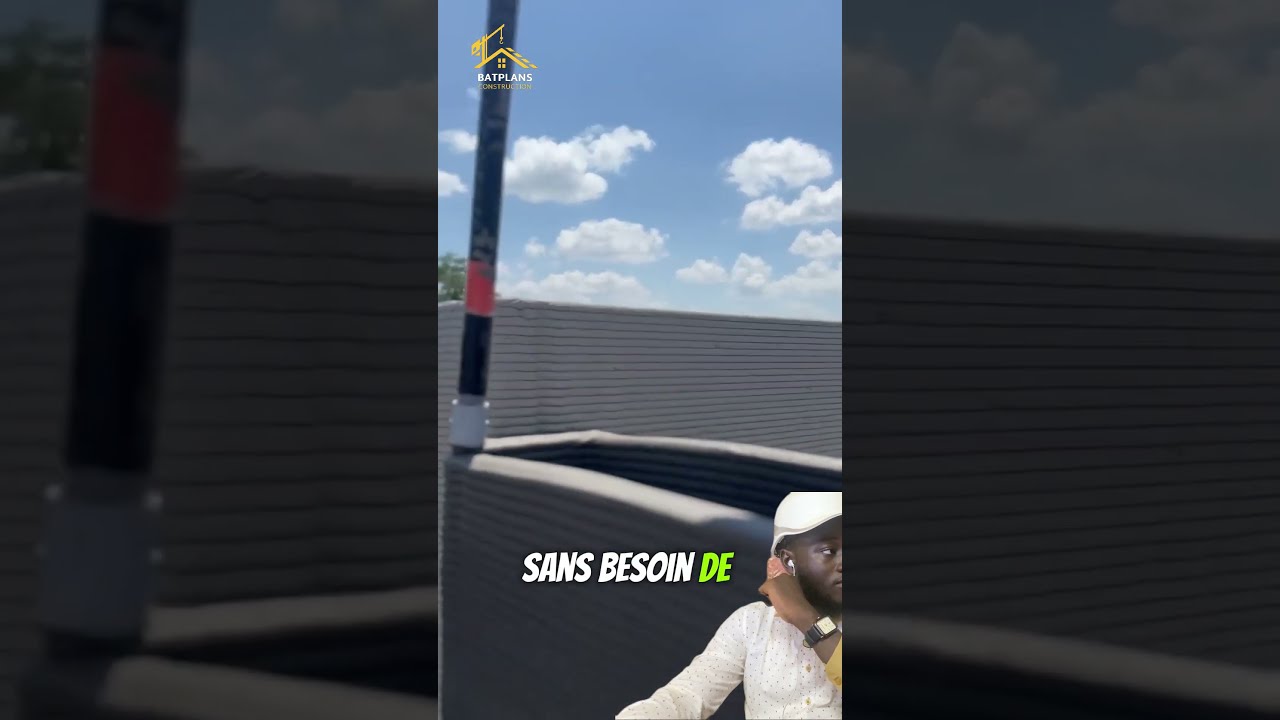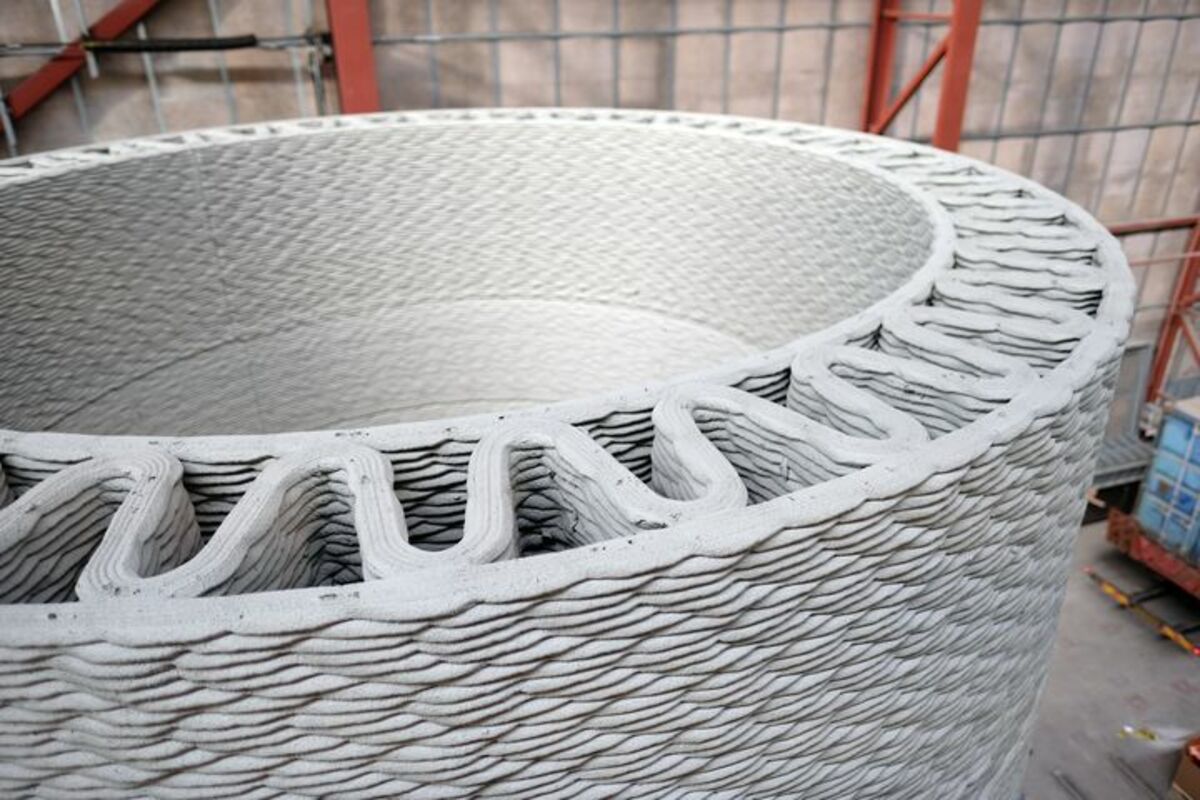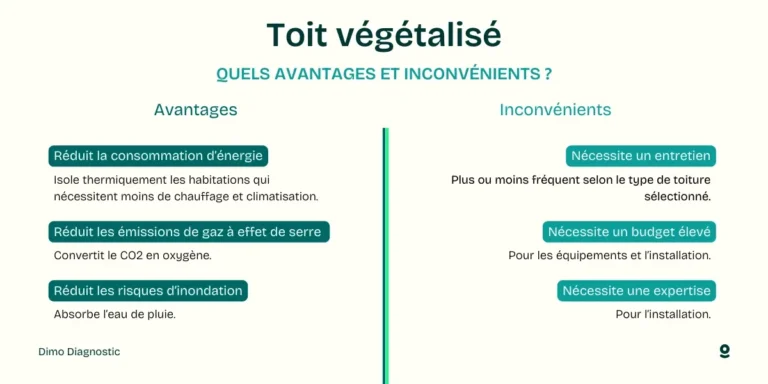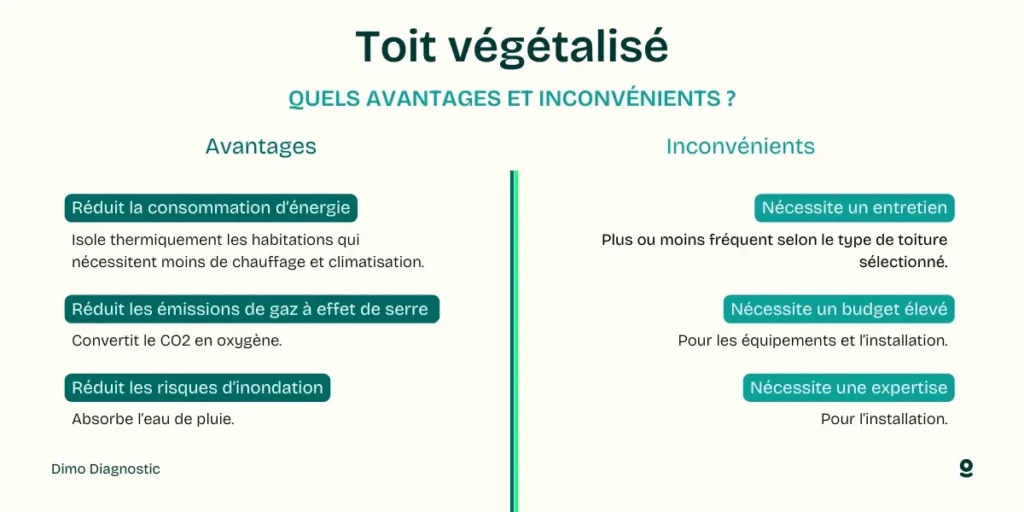In a world whereinnovation stands out as a driver of transformation, the use of 3D printed concrete emerges as a fascinating solution for the underwater energy storage. This revolutionary process opens up new perspectives for developing maritime resources while contributing to the energy transition. By integrating the additive manufacturing in the field of energy, unique structures capable of exploiting the pressure of the ocean depths are emerging, pushing the limits of what we thought possible in the fight against climate change.
Innovation in the field of energy storage takes a fascinating turn thanks to the3D printing of concrete. A recently launched project uses this technology to create underwater structures intended to store energy using tanks filled with water. By placing concrete spheres hollow at the bottom of the ocean, the pressure of the water allows energy to be stored and released efficiently, similar to the principle of systems of hydroelectric pumping. This innovative system, designed to adapt to growing needs for renewable energy, could transform the way we think about energy storage exploited maritime resources.

THE building sustainable and technologies renewable energy seem to find their perfect intermediary thanks to the innovation of concreteg 3D printed. By integrating this technique into energy storage solutions, forward-thinking companies are turning to exciting underwater applications. This process not only optimizes production cost and time, but also creates resistant structures adapted to marine environments.
Table of Contents
ToggleThe advantages of 3D printed concrete in energy storage
The cart of possibilities offered by concreteg 3D printed opens the way to innovative concepts for the storage energy underwater. With its ability to create complex shapes, stamped concrete facilitates the production of tanks that utilize pressure from waters deep to store and release energy. This method not only provides an environmentally friendly solution, but also reduces construction time and material waste, which is essential in construction projects. sustainable development.
Examples of emerging technologies
Initiatives like the project StEnSea, which aims to use printed concrete to develop underwater tanks, makes it possible to consider new solutions. Each facility is designed to operate at depths of 600 to 800 meters, playing on the natural forces of water to maximize storage efficiency. This innovative approach pushes engineers to explore adaptive designs that respond to environmental challenges while promoting the energy transition.
















